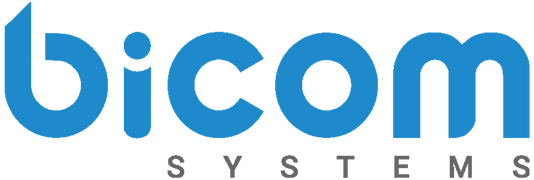Working in a Contact Center can be considered one of the most mundane jobs out there. It can be regarded as lacking in reward and with no real path for progressing your career. As a result, it is one of the job types with the highest employee churn.
Motivating your contact center employees to be productive can be challenging. Providing agents and supervisors with the proper tools to succeed is the first step in raising productivity times. Below is part one and five out of ten features every contact center needs to succeed.
1. Agent Statistics
Contact centers need a supervisor just like a boat requires a captain. As a supervisor, have you ever wondered what your agents are doing all day? The organization and layout of the statistics section of PBXware Contact Center is significantly improved in Version 6.
Agent Statistics is now a completely separate section dedicated to information on every logged-in agent. Data is updated in real-time and presents reports on agent’s Inbound, Outbound, Direct In and Direct Out calls, as well as sessions.
Supervisors can choose how often the statistics refresh and see agent performance details like:
- How long the agent is logged in
- How many times the agent logged in and out
- The number of calls (total, answered and unanswered)
- The agent’s talk time (total, mean and average)
- The agent’s idle time (total, mean and average)
2. Monitor Pages
On top of the detailed reports, supervisors can enjoy the new monitoring page for campaigns. The Monitor Page allows users to see a full list of all the existing campaigns on the system and the essential real-time data associated with them.
There are three main sections; Calls, Agents, and Contacts. Each main section can be divided into subsections to show more information regarding the campaign. The data will show how many calls were connected, no answer, abandoned, busy, etc. Users can also see the agent who called the specific lead and the status of the call.
Monitor Pages offer users the possibility to see real-time information on agents, members, and extensions, giving them full control over a single queue and its data!
3. Project Codes
Project Codes will solve any potential problems for users searching for information in Statistics. They also will assist outsourced contact centers with billing. Supervisors can quickly see what agents are working on, the projects, and their progress. The administrator can create and manage projects by associating each with an identification code. The same code can be used later when identifying agent calls.
For example, an agent can make a Direct Out call and associate it with a project. The project can have a different Caller ID defined to it, so when an agent calls using the project code, the related Caller ID will be used.
4. Blending Mode
Utilize your agent’s idle time by allowing them to answer outbound calls with Blending Mode! When an agent’s status is on ‘blending,’ they can receive inbound calls and place outbound calls. During idle time, the agent can call back abandoned customers, carry out satisfaction surveys, assist in outbound campaigns,etc.
When an agent logs in for their shift, their calling state can assign as:
- I = Inbound
- B = Blending
- O = Outbound
Blending mode for agents is available in two forms, automatic and manual. In automatic, the system will automatically switch the agent between Inbound (Queue) and Outbound (Campaign) calls. However, it is also possible to manually switch between Inbound and Outbound calls. The switching mode can be managed by the agent, in the agent panel, or by the supervisor. When an agent is set to both inbound and outbound, their productivity time will increase because they will always be on the phone.
5. Queue URL Pop Up
The Queue URL Pop Up feature is exactly how it sounds! It allows administrators to attach a URL or application to a queue. The purpose of the pop-up is to assist the agent with their call by providing prompt access to retrieve information.
For example, when a customer calls and selects ‘Customer Service’ from the IVR, they will be transferred to the Customer Service queue. Attached to the Customer Service queue most likely is the CRM. The CRM will pop up on the agent’s screen and they will instantly be ready to serve the customer.
All of these activities will improve customer service, generate more business, and raise efficiency within the Contact Center. Check back for part two of this post where we list another five contact center features that improve productivity. Read it here.
Learn more about PBXware 6 in the official release notes here or by sending our sales team an email to sales@bicomsystems.com. Make sure you are following us on Facebook and Twitter for the latest updates on products, case studies, and blog posts.

